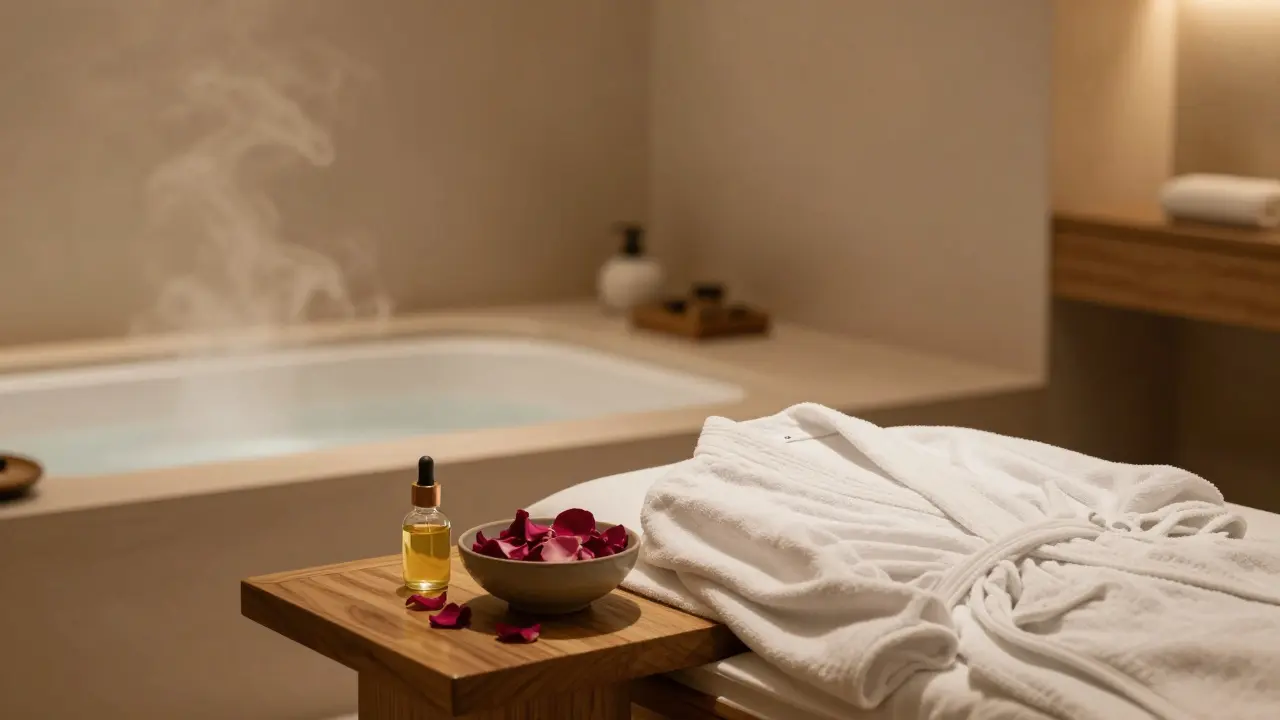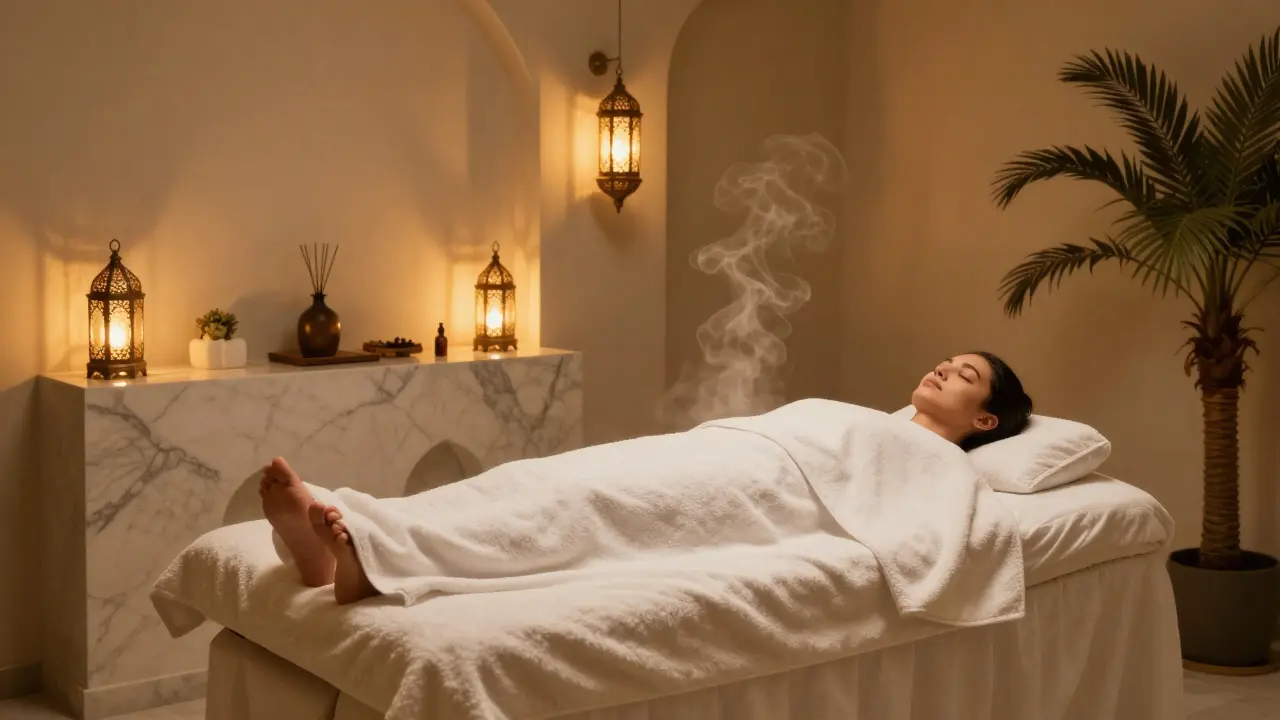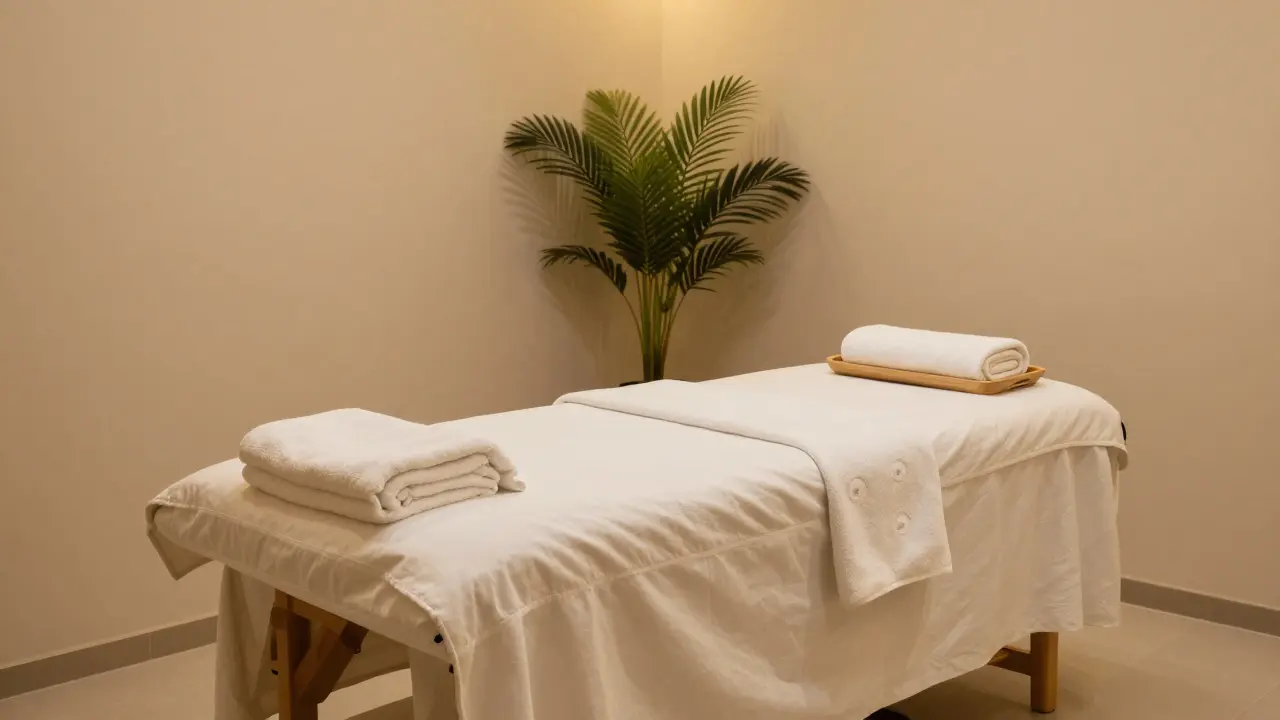Exfoliation Side Effects: What Happens to Your Skin and How to Manage Them
If you love the glow that follows a good scrub, you’ve probably tried chemical or physical exfoliation at a Dubai spa or at home. While the results can be impressive, the process isn’t always gentle. Knowing the warning signs and the right after‑care can keep your skin radiant without the drama.
Typical Reactions You Might See
Right after an intense exfoliant, many people notice a warm redness that looks like a light sunburn. This is usually harmless and fades within a few hours. Itching, a tight feeling, or slight swelling can also appear, especially if the product was too strong for your skin type. Peeling is another common sign – the top layer of dead cells lifts away, leaving a flaky surface that can feel uncomfortable.
Dry patches are a clear cue that the barrier has been stripped too much. If you spot tiny bumps or a rash, it might be a reaction to fragrance, alcohol, or an ingredient your skin can’t tolerate. These symptoms are more likely when you exfoliate more than two to three times a week or use high‑concentration acids without a break.
How to Prevent and Treat Problems
Start with a patch test. Apply a tiny amount of the product on the inside of your wrist and wait 24 hours. If there’s no redness or irritation, it’s safer to use on your face. Keep your exfoliation routine simple: one chemical peel or a gentle scrub per week is enough for most skin types.
After any exfoliation, hydrate instantly. A fragrance‑free moisturizer helps seal in water and rebuilds the skin barrier. Look for ingredients like hyaluronic acid, ceramides, or aloe vera. Don’t skip sunscreen – freshly exfoliated skin is extra sensitive to UV rays, and a SPF 30+ protects against sunburn and hyperpigmentation.
If you experience severe burning, prolonged redness, or blisters, stop using the product and rinse with cool water. Apply a soothing gel, such as chilled cucumber or a calming mask, and give your skin a few days to recover before trying again. Persistent issues warrant a visit to a dermatologist or a trusted spa professional in Dubai.
Choosing the right product matters. Physical scrubs with fine beads are gentler than those with large, rough particles. For chemical exfoliation, opt for lower concentrations of AHA (like glycolic acid 5‑10%) or BHA (salicylic acid 1‑2%) if you’re new to acids. Always follow the brand’s instructions on how long to leave the product on.
Finally, listen to your skin. If it feels tight or looks irritated after a session, give it a break for at least a week. Your skin’s natural turnover will keep it fresh without constant abrasion.
By understanding the common side effects and following these easy steps, you can enjoy the bright, smooth look of exfoliation without the unwanted fallout. Keep the routine simple, moisturize well, and protect with sunscreen – your skin will thank you every time you step out of the spa.






